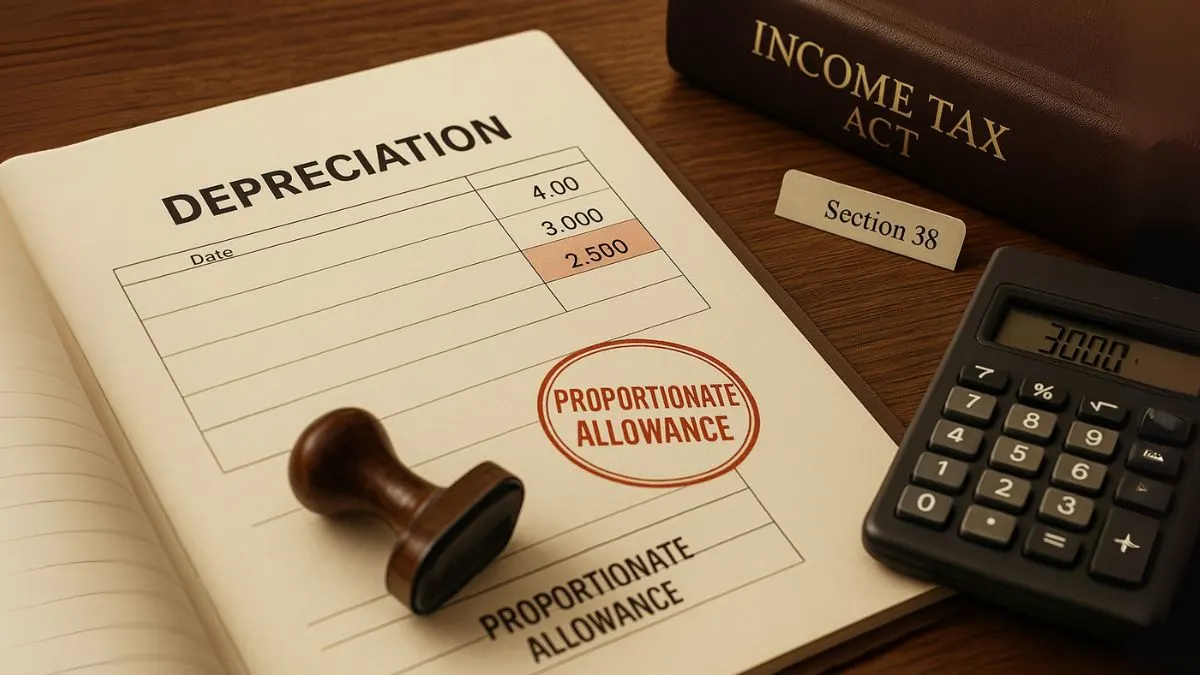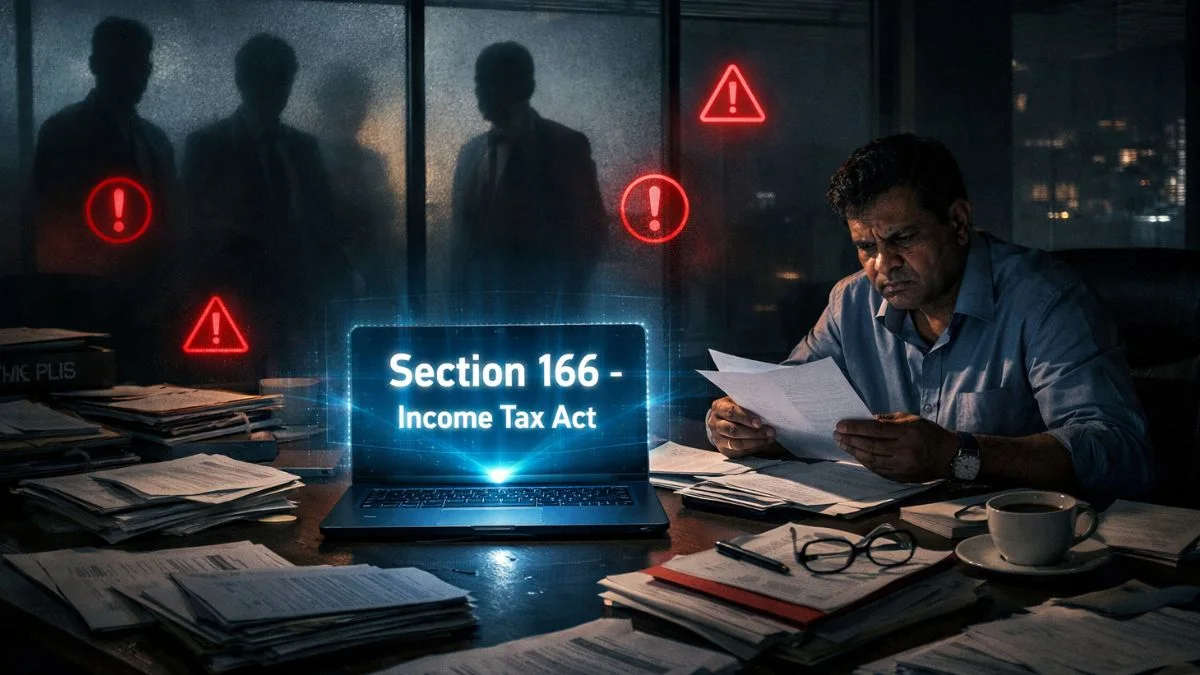
In the world of taxation, clarity is crucial when assets are used for both personal and professional purposes. One such provision in Indian tax law is Section 38 of the Income Tax Act, which deals with the treatment of buildings, machinery, plants, or furniture that are partly used for business purposes, or not exclusively so used.
The logic is simple: if an asset is not fully used for business, then claiming full deductions on it would be unfair. Section 38 ensures a fair apportionment of expenses, depreciation, and allowances so that tax benefits reflect actual business usage.
This section is particularly relevant for professionals, business owners, and organizations that use the same property or asset for mixed purposes.
Building, etc., Partly Used for Business, etc., or Not Exclusively So Used
The core of Section 38 lies in the phrase: “Building, etc., partly used for business, etc., or not exclusively so used.”
For example:
- If a business owner uses half of his house as an office and the other half as a residence, only half of the expenses and depreciation can be claimed for tax purposes."
- If a car is used 60% for official work and 40% for personal use, only 60% of its depreciation and related costs can be considered for deduction.
This principle ensures that business accounts remain true to their actual purpose and prevents misuse of deductions.
Link with Long-Term Capital Gains
Interestingly, Section 38 also deals with long-term capital gains in indirect ways. When a building or other asset partly used for business is sold, the capital gains tax calculation must take into account its business and personal use.
For instance, if part of a house was used for business (and depreciation was claimed) and the same house is sold, the cost & gains will be split between business and personal portions. The business portion is subject to capital gains adjustments, while the personal portion is treated under normal individual taxation rules.
Thus, Section 38 maintains fairness not just in deductions but also in capital gains taxation."
Apportionment of Deductions and Depreciation
The main operational effect of Section 38 is the apportionment of deductions. Authorities expect taxpayers to calculate and declare:
- The portion of usage for business.
- The portion of usage for personal or non-business purposes.
Depreciation, maintenance costs, and other related expenses must be allocated accordingly. This ensures that only legitimate business use qualifies for tax benefits.
Failure to maintain proper records or misuse of claims can invite scrutiny, disallowance of deductions, or even penalties.
Also Read: GST Cut Trap: How Input Tax Credit Rules Could Hurt Consumers Instead of Helping
Building, etc., Partly Used: Practical Examples
To better understand, let’s consider some examples:
- Office-cum-residence: A professional uses one floor of his three-story house as an office. In this case, only one-third of the building’s depreciation, electricity, and repair expenses can be claimed.
- Shared car usage: A consultant uses her car 70% for client visits and 30% for personal trips. Depreciation & fuel costs will be apportioned accordingly.
- Mixed-use property: A shopkeeper rents out half of his property while using the other half for personal residence. Only the shop portion can be considered under business use."
These cases show how Section 38 of Income Tax Act ensures accountability in tax filings.
Communication of Details of Inward Supplies and Input Tax Credit
Although Section 38 of Income Tax Act primarily covers income tax, businesses also need to ensure that their reporting aligns with communication of details of inward supplies and input tax credit (ITC) under GST.
This is important because:
- ITC claims must reflect only the business portion of usage.
- If a property or asset is used partly for personal purposes, ITC cannot be claimed fully.
Thus, Section 38 complements GST provisions, ensuring uniformity in reporting & avoiding inflated claims."
Importance for Taxpayers
Section 38 is vital for several reasons:
- Fairness in taxation – It prevents individuals from claiming full deductions on assets partly used for personal purposes.
- Transparency – Helps maintain accurate business accounts.
- Consistency – Aligns income tax & GST reporting.
- Capital gains adjustments – Ensures fairness when mixed-use assets are sold.
For taxpayers, being aware of Section 38 reduces the risk of disallowance during audits and helps in avoiding unnecessary disputes with the Income Tax Department.
Also Read: GST Council’s Big Move: Tax Cuts on Medicines & Devices Promise Patient Relief
Challenges in Implementation
While the concept is straightforward, challenges arise in practice:
- Determining the exact ratio of business vs. personal use can be difficult.
- Record-keeping burden increases, as taxpayers must maintain detailed logs.
- Disputes with tax authorities may occur if usage percentages are challenged."
Despite these challenges, compliance with Section 38 remains essential for accurate tax computation.
Conclusion
Section 38 of Income Tax Act ensures that when a building, etc., is partly used for business, etc., or not exclusively so used, tax deductions are apportioned fairly. It also influences the treatment of long-term capital gains & aligns with GST provisions like the communication of details of inward supplies and input tax credit.
For taxpayers, it means being cautious while claiming expenses and depreciation on mixed-use assets. The rule protects the system from misuse while allowing genuine claims.
✅ Want clarity on how to apply Section 38 in your tax filings? Visit Callmyca.com — our experts simplify complex tax provisions & help you maximize legal benefits while staying compliant.











